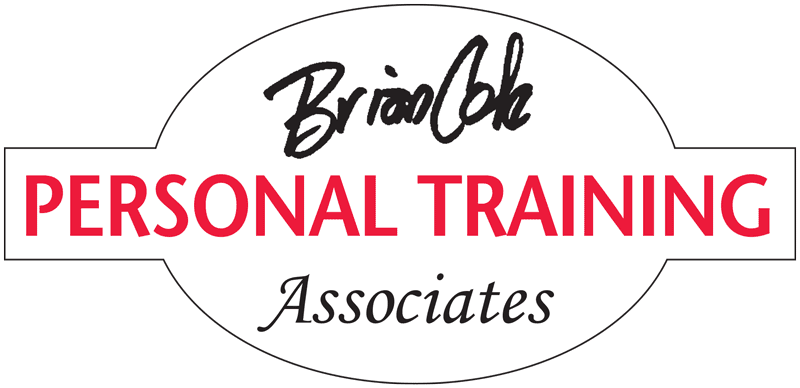While I’m not going to say “stretching” is always bad for you, I am going to explain why it’s not always good for you, how it can be counter productive and even harmful, and that it’s not really “stretching” anyway. The goal is to safely increase comfortable joint range of motion so we can move more freely, right?
Let’s jump right in: I don’t know of a single major study that has ever demonstrated stretching prevents injury. And I read this stuff all the time. Yet, stretching is just taken for granted as part of a healthy life style. If flexibility (not being strung too tightly) is the ideal then it’s assumed that “stretching” is the best way to get there.
Okay, I agree that tight muscles are an invitation to injury and also that they don’t operate efficiently. I agree flexibility and free joint range of motion are beneficial.
Muscles are moderately elastic. Tendons, which connect muscles to bones, are not. Ligaments, which connect bones to bones, are even less-which makes sense with their purpose being to provide joint stability.
Before we start “stretching” shouldn’t we know why there is tightness and where it is? Is the goal to stretch muscles or connective tissues tendons? How about ligaments – do we want to “stretch” them? (Hint: no) And is it in a muscle with the primary function of maintaining posture or of initiating movement? Example: the primary purpose of the biceps is to bend the arm at the elbow. It’s a “movement” muscle. It’s main function is to move a body part at a joint. If we don’t train our biceps they just kind of fade away. They weaken and as a result when we pick things up we recruit our backs to help which creates further problems. But for this article, the point is they just don’t do their job very well. In contrast most of the “core” muscles we hear so much about have more of a stability function than movement. They’re primarily “postural” muscles. So what happens when we don’t train them? Do they just kind of fade away? Nope. Because then our bodies would be lying on the ground in strangely contorted heaps. They get tight to maintain some semblance of upright posture. And they feel uncomfortably tight too. So, “stretching” sounds good. See where this is going? In postural muscles weakness precedes tightness.
Many of us live a forward flexion life style. We sit. In our cars, at our computers, in front of our t.v.’s, at the theater, while eating…Muscles meant to hold us in upright postural position become compressed, shortened, and then weak and tight as a result. Before we activate these shutdown muscles we need to sort of deprogram them. Trigger points are tender spots in muscles and connective tissues which often spread pain and therefore inspire self protective tightness. As a non-practicing but still state certified massage therapist, I’m very familiar with trigger points and how they inhibit movement and function. Trying to “stretch” any area without first addressing potential trigger points is counter productive. A couple of examples: 1) Temporomandibular Joint Dysfunction (TMJ), jaw pain and inability to open wide, painful chewing, etc. would not be corrected by “stretching” the jaw muscles without first releasing the myofascial trigger point culprits. Ask someone with TMJ if “stretching” the jaw sounds like it could help. Ask ’em and duck. It’s tight but needs to be released not stretched. 2) Trying to stretch a “stiff neck” without first addressing trigger points in levator scapula and upper trapezius will just make it worse. (See my May 08 Oyster Pointer column on this)
Another example of “stretching” being the incorrect remedy is when people say their “back just went out”. What really happened was a response. A response to some combination of poor posture, incorrect biomechanical movements, and weakened muscles. The back is more than just tight, it’s in spasm. If bad bacteria gets in our gut, we respond with diarrhea. If an infection gets in our bodies, we develop a fever to raise our body temperatures and burn it out. If we start to bleed too freely, our blood clots. All those responses are the body’s natural self defense system. It’s response to back troubles, is often muscle spasm. The spasms’ purpose is to split a troubled area to limit further movement and damage. But we don’t see the spasm as our protector. We immediately treat it as the problem. If we’d just relax and see it for what it is – a protector and a warning sign – we could start some corrective behaviors. But the point of this article is: the muscles are tight for a reason. Trying to stretch a spasm sends the message to stay tight and protect.
Increasing range of motion is not a type “A” activity. The soft tissue needs to be gently and patiently released and relaxed – definitely not stretched.
“Stretching” isn’t really what happens anyway. Releasing is. Picture this: for most of us with average flexibility to drop into a full split (which many dancers and gymnasts can) the inner thigh muscles would have to lengthen/”stretch”. A lot. If I’d paid attention in geometry I could calculate how much, but common sense concludes: far more than they can and then return to original shape. Not enough space in this article to go in to it further, but suffice it to say “stretching” is not all that happens when we think we’re stretching.
MUSCLES ARE TIGHT FOR A REASON. And, it’s often a good reason. Identifying which muscles, what reasons, and why – then, following a sequential approach to freeing them will have lasting benefits. We then can feel better and move better for a lifetime because we’ve addressed the root cause not just the byproduct.

